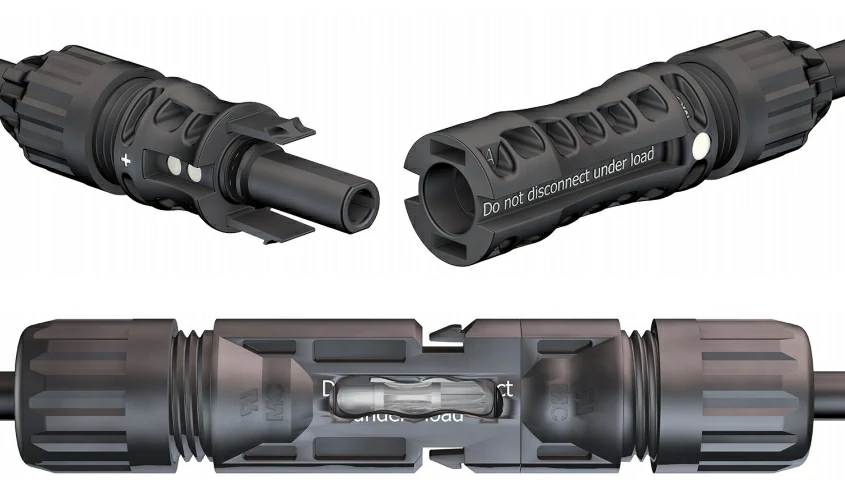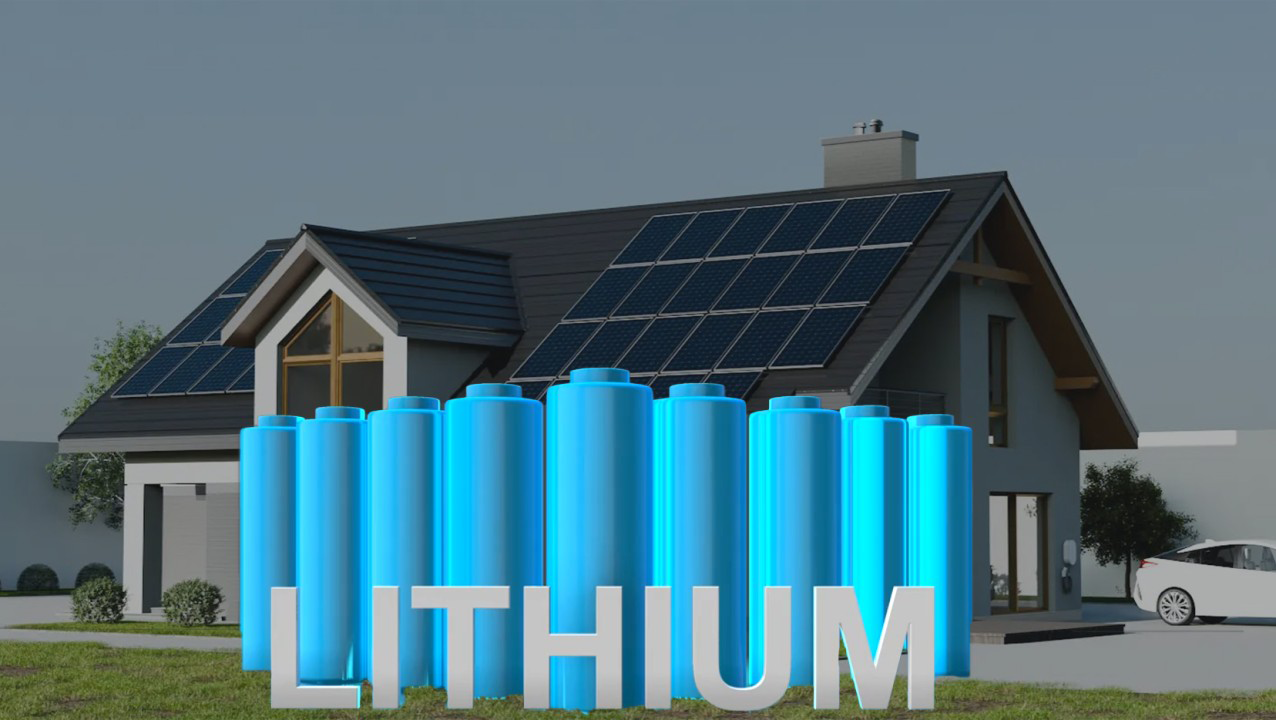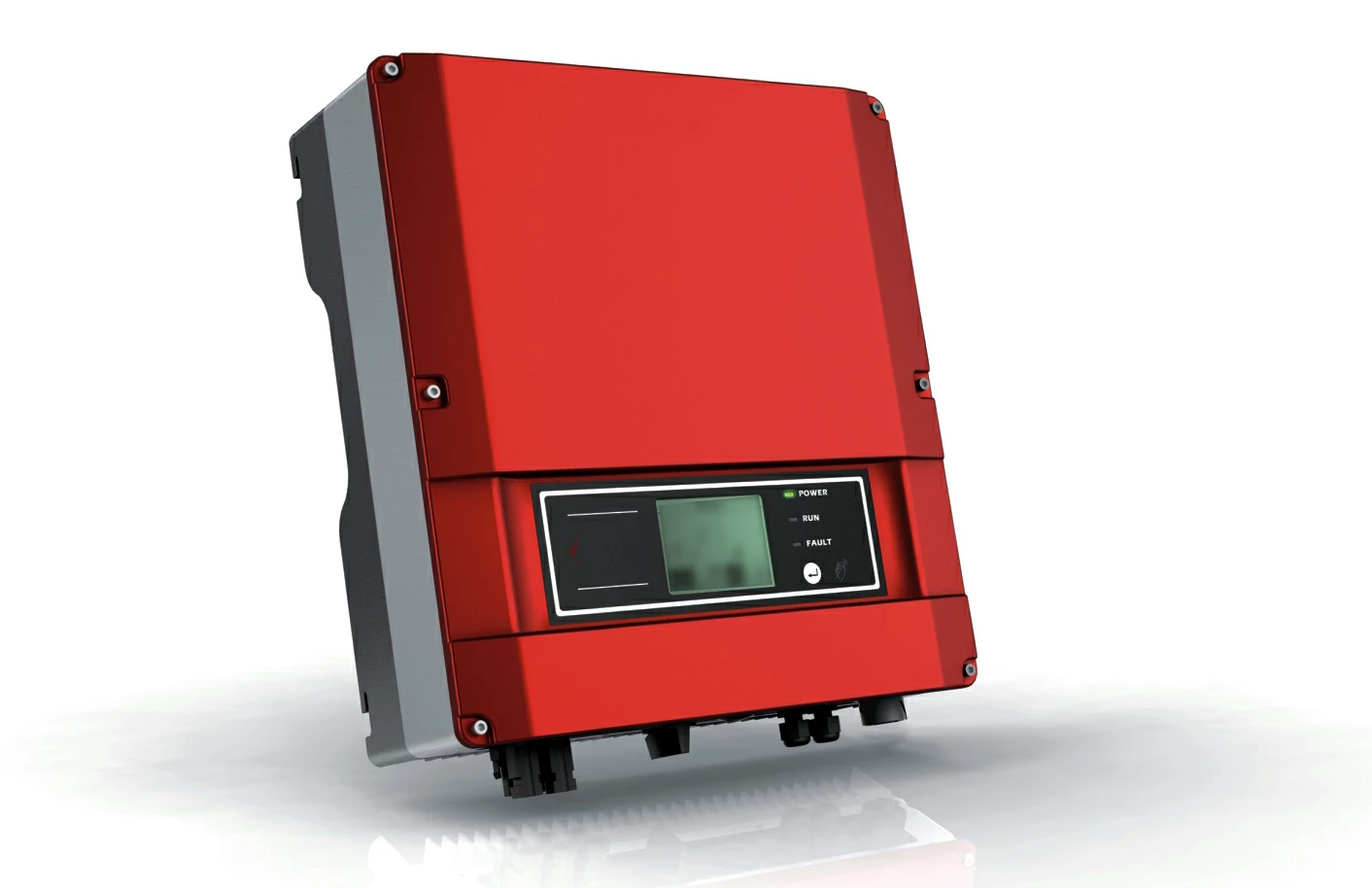Solar controller Solar controller is the key equipment used to...
Analysis of main parameters of photovoltaic controller
The photovoltaic controller is the key equipment in the photovoltaic power generation system, which is mainly responsible for the management of the electric energy generated by the solar panels, ensuring the safe charging and discharging of the battery pack, and improving the overall efficiency of the system. When choosing a photovoltaic controller, it is important to understand its main parameters. In this paper, the core parameters of the photovoltaic controller are described in detail, including the number of solar cell input, the maximum charging current, the maximum discharge current, the maximum power consumption of the controller, the voltage through the controller, the input and output switching devices, the box structure, the operating temperature range and the environmental humidity.
the number of solar cell input channels
The number of solar cell inputs refers to the number of solar panels that the photovoltaic controller can access. Typically, the controller is designed with multiple input ports to connect multiple solar cell components at the same time. Different photovoltaic system designs will affect the choice of input routes. The more input channels, the more adaptive and flexible the controller is, but it also increases the complexity of the system.
the maximum charging current
The maximum charging current refers to the maximum current value that the photovoltaic controller allows to pass through during the charging process. This parameter determines the efficiency and speed of the controller when charging the battery pack. The selected controller must be able to support the maximum current output of the photovoltaic module under the best conditions to ensure that the charging process is not limited to avoid equipment damage or system failure due to excessive charging current.
the maximum discharge current
The maximum discharge current is the maximum current value allowed by the controller during the discharge process. This parameter affects the strength and duration of the battery pack's power supply. Choosing the right maximum discharge current is critical, especially in applications with heavy load requirements, to prevent battery damage or system instability caused by overcurrent.
the maximum power consumption of the controller
The controller consumes a small amount of power during operation, and its maximum power consumption refers to the maximum power consumed by the controller during operation. Some highly efficient controllers are designed to minimize their own power consumption to improve the energy efficiency of the overall system. When selecting a photovoltaic controller, you should pay attention to this parameter to ensure that the power consumption of the controller has the least impact on the overall energy efficiency of the system.
Voltage through the controller
The voltage through the controller refers to the operating voltage range that the photovoltaic controller can support. The voltage of a photovoltaic system usually depends on the configuration of the photovoltaic modules and battery packs used. An efficient PV controller should be able to adapt to different voltage levels of input and output to ensure system compatibility and safety.
Input/output switching devices
Input/output switching device is an important part of photovoltaic controller, including relays, MOSFETs and so on. These switching devices are responsible for controlling the flow of current, opening or closing circuits during charging and discharging. The performance of the switching device directly affects the efficiency and stability of the system. Therefore, when selecting a controller, it is necessary to know the type of the switching device used and its rated parameters.
box structure
The box structure of a photovoltaic controller is critical to its durability and safety. Controllers are typically made of water -, dust - and UV-resistant materials to meet the challenges of outdoor environments. Good box structure design can improve the reliability of the controller, extend its service life, and ensure that it can work normally under various environmental conditions.
Working temperature range
The operating temperature range of the photovoltaic controller refers to the temperature environment in which the equipment can operate normally. Most PV controllers operate from -20°C to +60°C. Extreme cold or hot environments can affect the performance of the controller and the efficiency of the battery, so when selecting the controller, consider the environmental conditions that will be installed.
Environmental humidity
Environmental humidity is one of the important factors affecting the operation of photovoltaic controllers. In general, the controller should be designed to withstand relative humidity from 0% to 95% and be resistant to moisture. Excessive humidity can cause corrosion or short circuit of electrical components, so high-quality photovoltaic controllers usually take moisture protection measures.

Home energy storage product series
A lithium battery pack for home energy storage systems, which is compatible with solar panels and the sun The inverter can work together with the power grid to power household appliances, and it can also be used as a For off grid systems.
Extended reading
LiFePo4 home energy storage battery
A highly integrated backup power solution for solar home energy...
THE ESSC Brand promise
Global supply
Our products sell well all over the world, covering many countries and regions, through the global logistics network, to provide customers with convenient purchasing experience.
Rigorous quality
We adhere to the highest quality control standards to ensure every product meets industry regulations and customer expectations, earning trust through consistent excellence.
Excellent service
With a customer-centric approach, we provide prompt responses, professional support, and personalized services, aiming to deliver the best user experience and long-term value.





